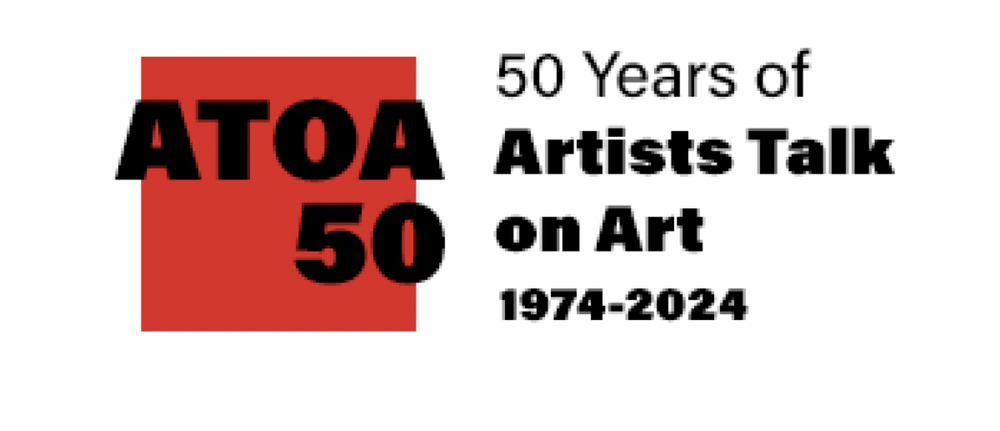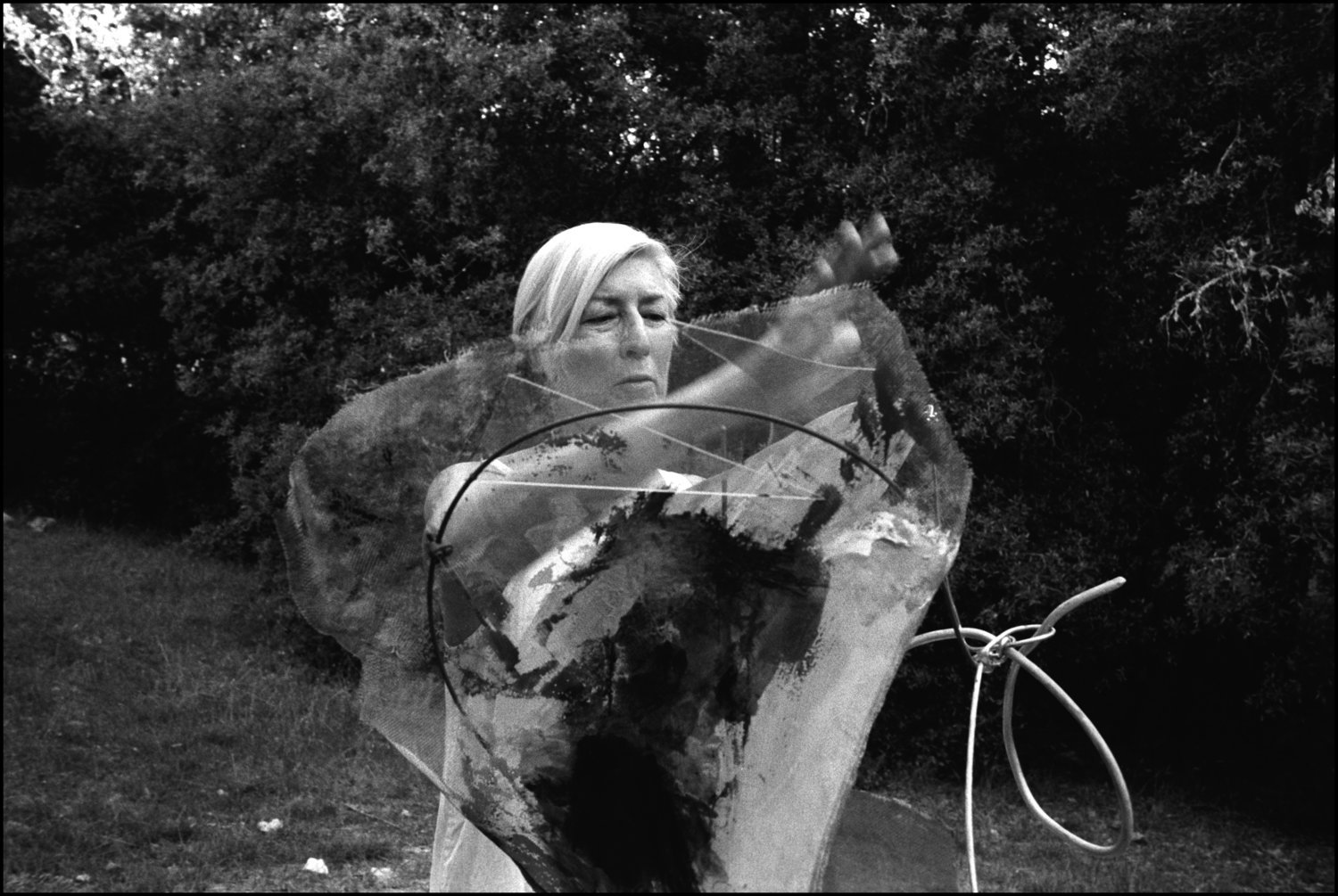May 16th: Legacy Series
“Trialogue"
Lynda Benglis, Corner Piece, 1969
This week’s Legacy Series, which was originally recorded on December 4th, 1998,
features a trialogue between Michael Goldberg, his then-wife, Lynn Umlauf, and Linda Benglis.
Michael Goldberg
Michael Goldberg (b.1924-2007) was an American abstract expressionist painter and teacher known for his gestural action paintings, abstractions and still-life paintings.
A veteran of World War II, Goldberg was one of the last few remaining survivors of the New York School; he was sometimes referred to as a member of the so-called "second generation" of Abstract Expressionists, although he began exhibiting his action paintings in important group shows in galleries in New York City in the early 1950s. Goldberg began taking classes at the Art Students League of New York at age 14.] In the 1950s he studied painting with Hans Hofmann, and he discussed painting with Willem de Kooning, Lee Krasner, Jackson Pollock, Franz Kline, Mark Rothko and several others of the New York School sometimes at The Eighth Street Club, a regular meeting place of modern artists working in and around Tenth Street in New York.
Lynn Umlauf
Lynn Umlauf was born in 1942 in Austin, Texas, into a family of artists. Lynn graduated in Austin with a Bachelor’s degree, and also spent one year at the Academia di Belli Arti in Florence, Italy, then returned to the States to receive a Master’s degree from the University of Texas in 1966. She moved to New York in 1966-67. Madelon, her twin sister, introduced Lynn to the painter Michael Goldberg (1924 - 2008) in 1969, and they married 10 years later. Lynn first started showing in Italy. Her first show in New York was with the Hal Bromm Gallery, and her first museum inclusion was the Whitney Biennial (1975).
http://www.lynnumlauf.com
Lynda Benglis
Lynda Benglis (b.1941) is an American sculptor and visual artist known especially for her wax paintings and poured latex sculptures. She maintains residences in New York City, Santa Fe, New Mexico, Kastellorizo, Greece, and Ahmedabad, India.
Benglis's work is noted for an unusual blend of organic imagery and confrontation with newer media incorporating influences such as Barnett Newman and Andy Warhol. Her early work used materials such as beeswax before moving on to large polyurethane pieces in the 1970s and later to gold-leaf, zinc, and aluminum The validity of much of her work was questioned until the 1980s due to its use of sensuality and physicality.




